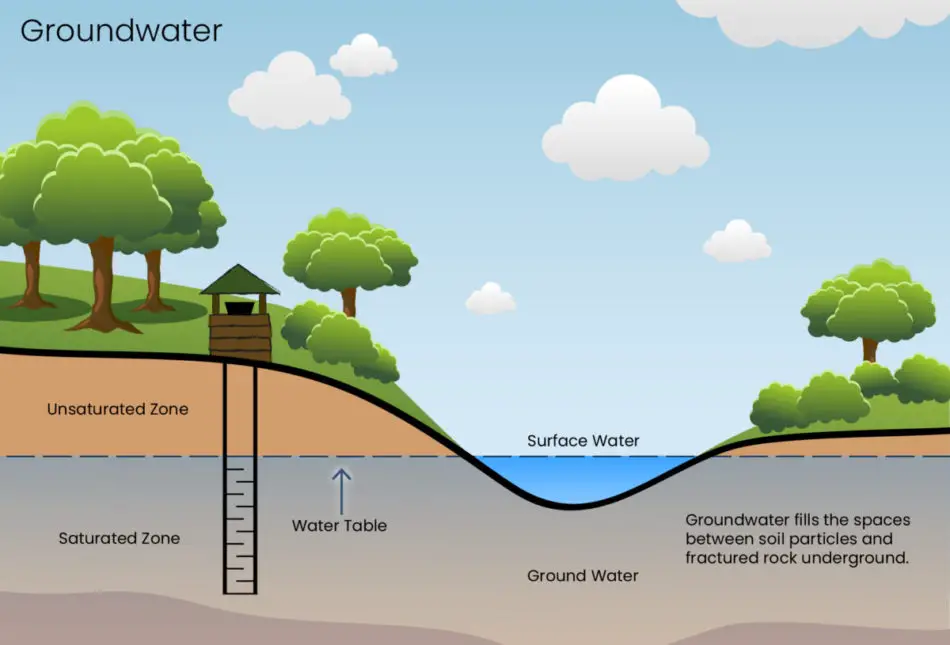
The percentage depletion method requires a lot of estimates and is, therefore, not a heavily relied upon or accepted method of depletion. The salvage value of the property tends to be more significant for natural resource-producing property and should be included in computing the lifetime depletion to be recorded. Companies engaged in mining or extracting identify their depletion expense methods and comment on period expenses in the management discussion and analysis (MD&A) sections of their quarterly and annual filings. The Internal Revenue Service (IRS) requires the cost method to be used with timber. It requires the method that yields the highest deduction to be used with mineral property, which it defines as oil and gas wells, mines, and other natural deposits, including geothermal deposits.

AccountingTools
As the estimated output has changed as a result of new survey conducted at the start of year 2, we must compute a new depletion rate to be used for year 2 and year 3. Using the straight-line method for assets is appropriate where (1) time rather than obsolescence is the major factor limiting the asset’s life and (2) the asset produces relatively constant amounts of periodic services. Assets that possess these features include items such as pipelines, fencing, and storage tanks. In situations where the consumption of the usefulness of these assets parallels the production of the resource, they may be amortized and depreciated using the units of production approach. Salvage value (or scrap value) is the amount of money the company expects to recover, less disposal costs, on the date a plant asset is scrapped, sold, or traded in. A side issue related to depletion concerns the amortization and depreciation of costs incurred to prepare the property for production.
Would you prefer to work with a financial professional remotely or in-person?
Our writing and editorial staff are a team of experts holding advanced financial designations and have written for most major financial media publications. Our work has been directly cited by organizations including Entrepreneur, Business Insider, Investopedia, Forbes, CNBC, and many others. We follow strict ethical journalism practices, which includes presenting unbiased information and citing reliable, attributed resources. This team of experts helps Finance Strategists maintain the highest level of accuracy and professionalism possible. Our team of reviewers are established professionals with decades of experience in areas of personal finance and hold many advanced degrees and certifications.
Ask a Financial Professional Any Question
And they treat an asset purchased after the 15th of the month as if it were acquired on the 1st day of the following month. Under these provisions, a producer is allowed to deduct an arbitrary fixed percentage of gross income as a depletion expense without regard to the historical cost of the property. Therefore, the output-oriented units of production approach is widely used to allocate the cost to the materials and the time periods in which they are used. The resulting net carrying amount of natural resources still on the books of a business does not necessarily reflect the market value of the underlying natural resources. Rather, the amount simply reflects an ongoing reduction in the amount of the original recorded cost of the natural resources. As a general rule, investors have to use the method that provides the largest deduction.
11 Financial’s website is limited to the dissemination of general information pertaining to its advisory services, together with access to additional investment-related information, publications, and links. Depletion is affected by a number of factors, including the type of asset being depleted, the rate at which it is depleted, and the method used to calculate depletion. As with amortization, the usual procedure results free invoice generator by invoiced in recording the credit half of the depletion entry directly in the asset account, despite the potential usefulness of showing the proportionate amounts of cost consumed and left to be consumed. Finance Strategists is a leading financial education organization that connects people with financial professionals, priding itself on providing accurate and reliable financial information to millions of readers each year.
- The resulting net carrying amount of natural resources still on the books of a business does not necessarily reflect the market value of the underlying natural resources.
- This method is named as ‘depletion method’ because the reduction of a natural resource or asset is known as depletion of that resource or asset and thus is used to depreciate assets that are natural resources.
- This means that the unit depletion charge will increase to $1.61 ($450,000 remaining depletion base / 280,000 barrels).
- As natural resources are extracted, they are counted and taken out from the property’s basis.
- Unlike depreciation, cost depletion is based on usage and must be calculated every period.
- Charlene Rhinehart is a CPA , CFE, chair of an Illinois CPA Society committee, and has a degree in accounting and finance from DePaul University.
For example, a machine capable of producing units for 20 years, may be expected to be obsolete in 6 years. The building was destroyed because it had reached the end of its economic life. The land on which the building stood could be put to better use, possibly by constructing a new building.
Pensive’s geologists estimate the proven oil reserves accessed by the well are 400,000 barrels, so the unit depletion charge will be $1.50 per barrel of oil extracted ($600,000 depletion base / 400,000 barrels). From an accounting standpoint, depletion ensures that the value of assets listed on a balance sheet and expenses on an income statement are recorded accurately and in a timely fashion. But as with most corporate accounting issues, it’s essential to get advice from a trained professional, preferably someone who deals with depletion issues on a regular basis. Pensive’s geologists estimate that the proven oil reserves that are accessed by the well are 400,000 barrels, so the unit depletion charge will be $1.50 per barrel of oil extracted ($600,000 depletion base / 400,000 barrels).
For example, if the percentage were 22%, depletion expense would be gross income times 22%. However, in some cases, cost depletion must be used over percentage depletion, such as the case with standing timber. During the second year, Pensive Oil extracts 80,000 barrels of oil from the well, which results in a depletion charge of $128,800 (80,000 barrels x $1.61 unit depletion charge). At the end of the second year, there is still a depletion base of $321,200 that must be charged to expense in proportion to the amount of any remaining extractions. This method is named as ‘depletion method’ because the reduction of a natural resource or asset is known as depletion of that resource or asset and thus is used to depreciate assets that are natural resources. Such assets are also referred as wasting assets because their value deteriorates with the increasing extraction of resources.
Depletion is an accounting method that allows individuals or companies to reflect the declining value of a natural resource over time. It’s most commonly used to write down the value of mineral and timber properties or rights. So far we have assumed that the assets were put into service at the beginning of an accounting period and ignored the fact that often assets are put into service during an accounting period. When assets are acquired during an accounting period, the first recording of depreciation is for a partial year. Normally, firms calculate the depreciation for the partial year to the nearest full month the asset was in service. For example, they treat an asset purchased on or before the 15th day of the month as if it were purchased on the 1st day of the month.


